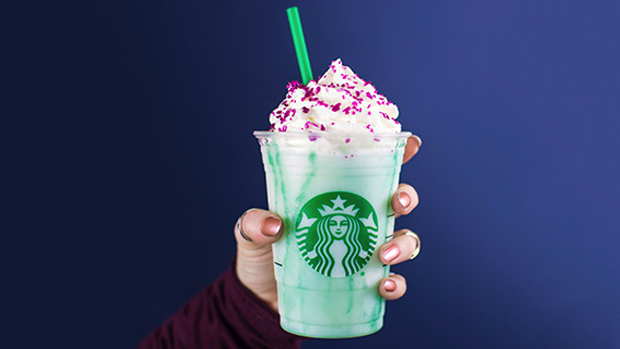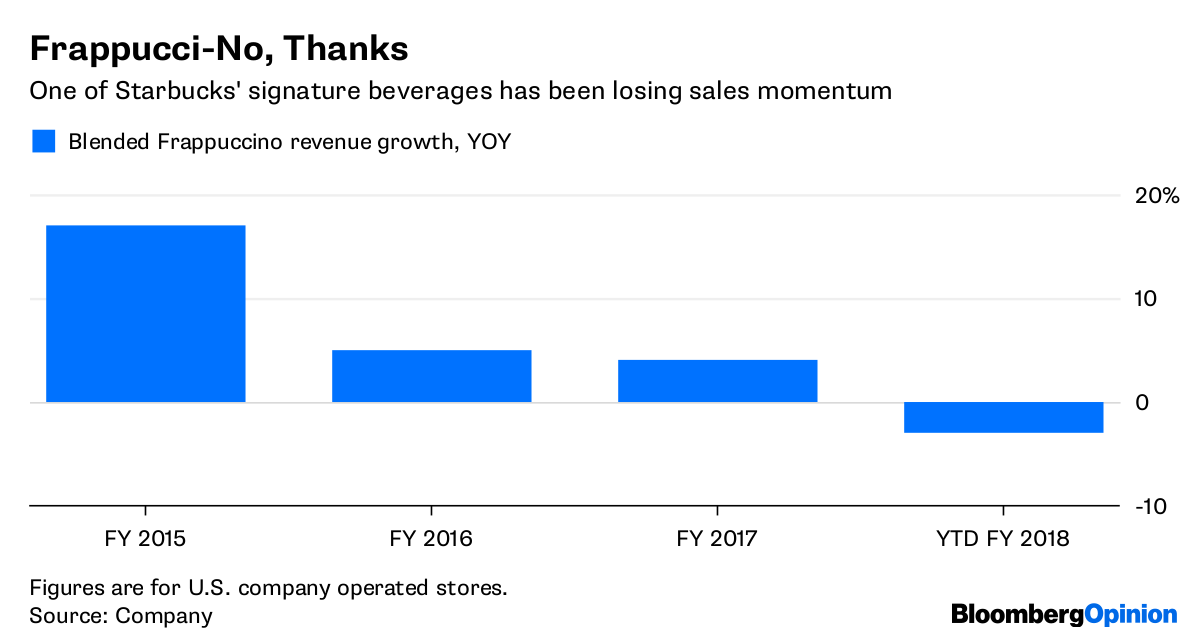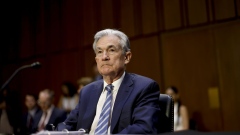Jun 20, 2018
Starbucks' Frappuccino sales highlight trouble getting people through its doors
, Bloomberg News

Starbucks Corp. is in need of a pick-me-up. CEO Kevin Johnson acknowledged as much in outlining the company’s turnaround plans on Tuesday evening, saying in an interview with Bloomberg News that the coffee giant's shareholders “deserve better.”
Johnson vowed to take a number of actions to shore up the business, including expanding its digital interactions with customers and working with an outside consultant to identify expense efficiencies. The one that's grabbing most of the headlines is the decision to close 150 of its U.S. cafes in its next fiscal year, which would be about three times as many stores as it typically closes annually. Fair enough — but there were plenty of other details revealed by Starbucks that should give investors pause about the company's ability to reinvigorate its sales.
It’s tempting to classify the store closures as a stinging defeat for Starbucks in its most important market. But that's an overstatement. The chain currently has more than 17,000 cafes in its Americas division, nearly 9,500 of which are company-operated. So closing 150 stores is a hardly a significant reshaping of the portfolio. And it’s a far less dramatic pruning than the company undertook back in 2008, when it closed 600 stores on a meaningfully smaller base amid a softening economy. Plus, the closures are targeted at highly penetrated markets where Starbucks simply over-expanded. In fact, it will continue opening cafes in the South and the Midwest, where it isn’t quite as ubiquitous. The chain will still, on net, expand its U.S. footprint this fiscal year and next, albeit at a somewhat slower pace.
That doesn't seem like a particularly noteworthy retreat.
So I'm paying more attention to the weak comparable sales guidance the company offered for the third quarter, and the factors it says have been weighing on sales of late.

Executives said Tuesday that in the U.S. market, Starbucks struggled to draw customers in the afternoons. This has been an ongoing problem for Starbucks, and executives haven’t demonstrated they have a clear solution. They've recently put up some TV advertising emphasizing Starbucks as an afternoon destination, and perhaps we'll soon see payoff from that.
But it'd have an easier time luring people for more than just their morning caffeine fix if it could establish itself as more of a go-to for food, not just beverages. And speaking of its menu, the chain has work to do on its signature drink offerings, too. Look at what has happened to Frappuccino sales:
Perhaps this shouldn't come as a shock, given that Frappuccinos pack a lot of calories and customers are increasingly looking for healthy choices. But Starbucks needs some new hits to give people a reason to come back through its doors, especially with so many insurgent and boutique coffeehouses chasing the same customers.
It's also concerning that executives said Starbucks' China division is likely to deliver flat or slightly negative sales growth for the current quarter. That’s a sharp downturn for a market that delivered a 4 percent year-over-year increase in comparable sales in the second quarter and is supposed to be the company's engine for growth. China is clearly still a highly promising market for Starbucks over the long term. But the stumble this quarter suggests that progress there isn’t going to be steady and dependable.
These issues only make it more critical for Starbucks to use its digital offerings — mobile ordering, mobile payments, and its rewards program — to turn up the heat. Starbucks was an early leader on these kinds of innovations, and it has paid off. The company has 15 million members in its rewards program, a 13 per cent increase over a year ago. If it can deliver more personalized offers and marketing content to members’ smartphones, that should help drum up sales.
Executives said digital is expected to contribute one to two points of comparable sales growth in the U.S. in fiscal 2019. Investors would surely like to see even stronger growth than that — emphasizing why it’s so important to tackle the rest of its problems.





